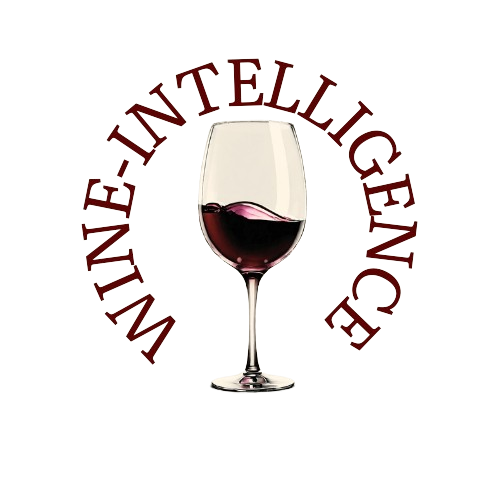In today’s volatile geopolitical and economic landscape, even the most prestigious luxury sectors are no longer insulated from market instability.
This reality has hit home at Moët Hennessy, the esteemed wine and spirits arm of global luxury giant LVMH, which has begun implementing staff reductions amid declining performance figures.
According to a report by French newspaper La Lettre—later confirmed by Agence France Presse—the division is moving to reduce its workforce by 10%, aiming to return to pre-pandemic staffing levels. While LVMH emphasized that the cuts would occur gradually through natural turnover and by not renewing vacant positions, sources suggest the move could affect 1,000 to 1,200 jobs out of the division’s approximately 9,400 global positions.
The news comes in the wake of a video announcement on April 30 by CEO Jean-Jacques Guiony and his deputy Alexandre Arnault, the son of LVMH Chairman Bernard Arnault. Alexandre Arnault, who took over the wine & spirits division in November 2024, signaled a long-term restructuring strategy to address declining profitability in the segment.
This decision follows a concerning trend in financial performance. While LVMH’s total revenue for 2024 grew marginally to EUR 84.7 billion (+1% year-on-year), the Wine & Spirits division posted a notable -8% decline, generating EUR 5.8 billion. The drop is largely attributed to poor results in the spirits and Cognac sector (-14%), with Champagne and Wine faring slightly better (-3%, totaling EUR 3.1 billion and 123 million bottles sold).
These headwinds have carried into 2025. In Q1 alone, LVMH reported revenues of EUR 20.3 billion, a slight -3% year-on-year dip, but the Wine & Spirits division underperformed again with a sharp -9% decline, yielding just EUR 1.3 billion. The causes are multifaceted: weak global demand, an ongoing trade war with China, and the impact of US tariffs continue to challenge even the world’s most prestigious wine and spirits brands.
This restructuring touches some of the most iconic names in luxury drinks: Moët & Chandon, Dom Pérignon, Krug, Ruinart, Veuve Clicquot, Château d’Yquem, Cheval Blanc, Domaine des Lambrays, Cloudy Bay, Ao Yun, Bodega Numanthia, and Terrazas de los Andes—all part of Moët Hennessy's impressive portfolio.
The LVMH case underscores a critical point: no sector, no matter how elite, is immune to the pressures of global economics. From shifting consumer trends and geopolitical instability to punitive tariffs and inflation, the luxury wine and spirits industry is being forced to recalibrate and adapt. In this new reality, even icons must confront the balance between heritage and sustainability.
Source: WineNews

